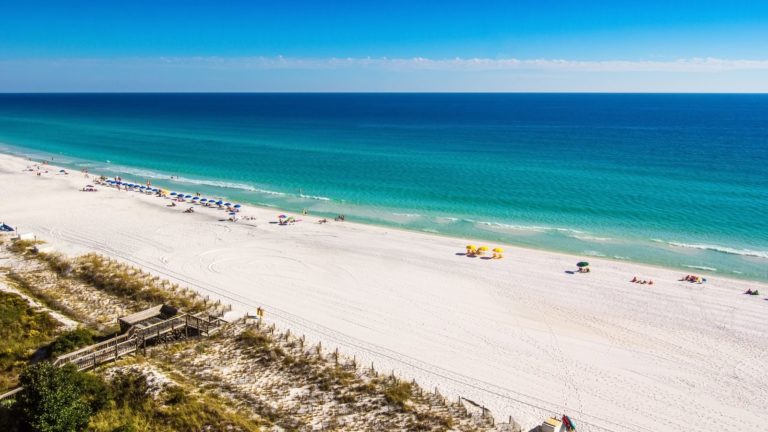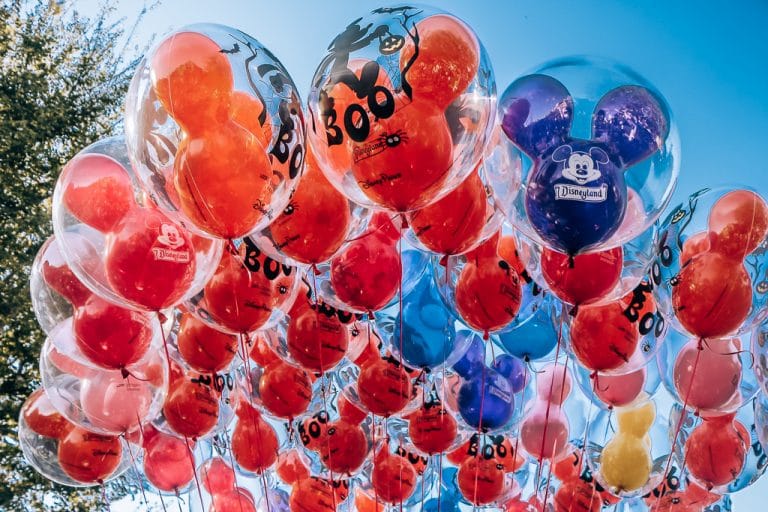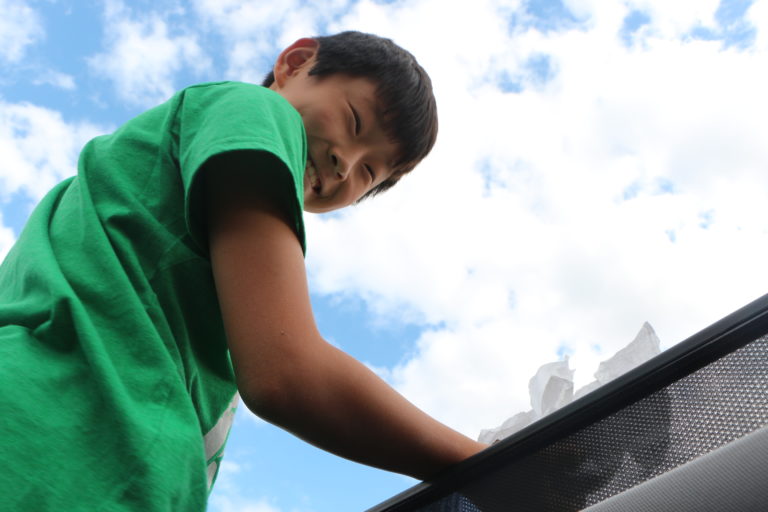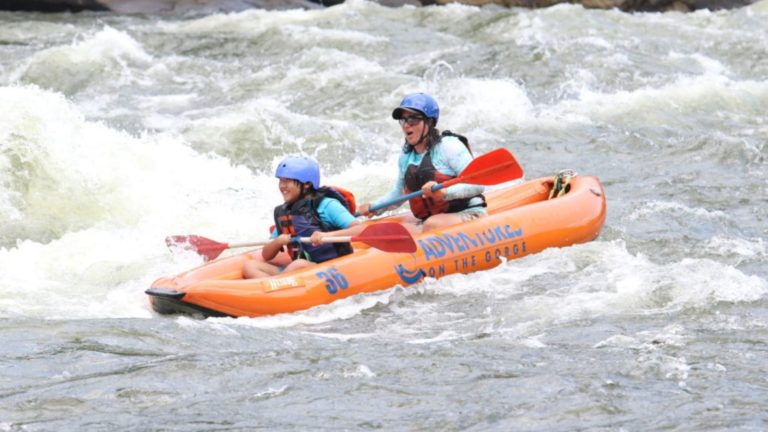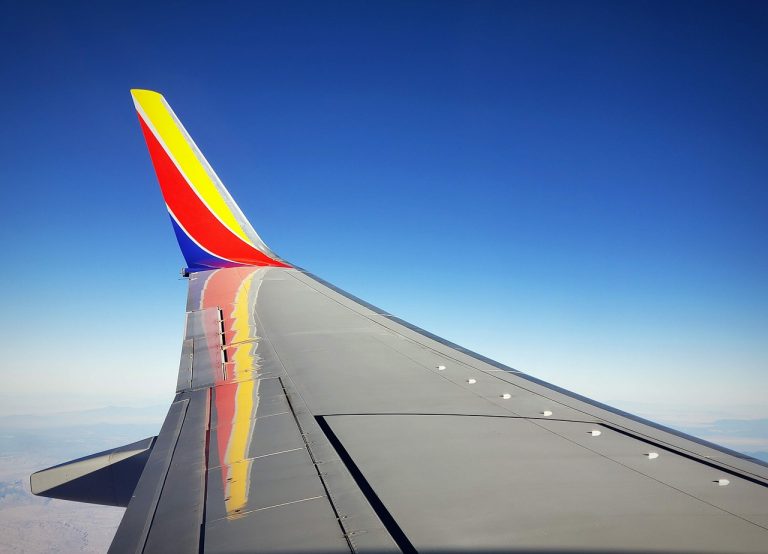How to get through TSA without a headache: Understanding the 3-1-1 Rule
Going through the TSA line at the airport is probably not going to rate high on anyone's list of fun things to do but getting through TSA is a necessary step to the awesome trip you're going to take this summer. If you're flying with liquids then you need to thoroughly understand TSA's 3-1-1 Rule. How many ounces can you take on a plane? Is peanut butter a liquid? Can you take ice? Are there special rules for baby formula or medication? Here's everything you need to know to get your trip started off on a good note.
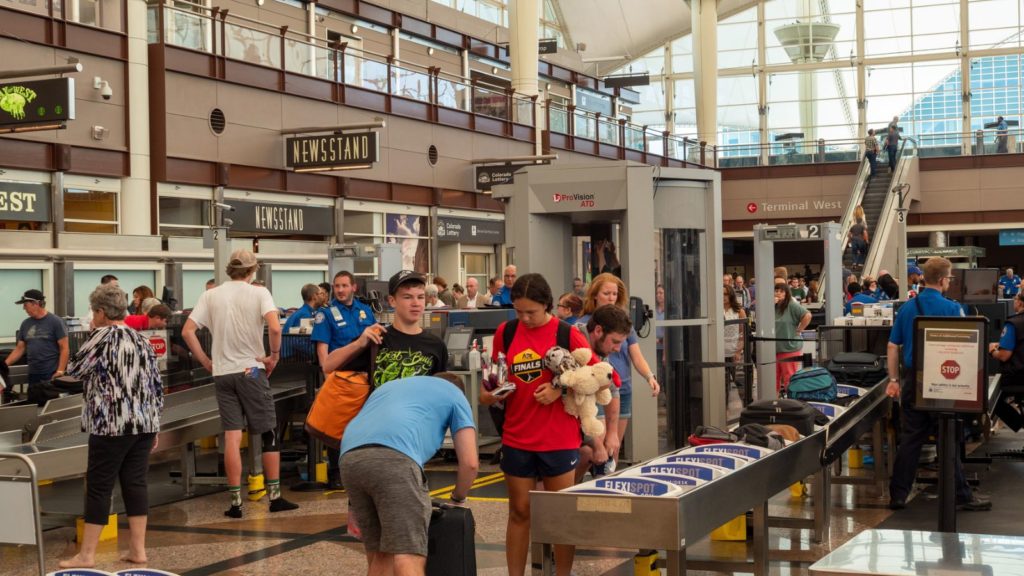
Everything You Need to Know About TSA's 3-1-1-Rule
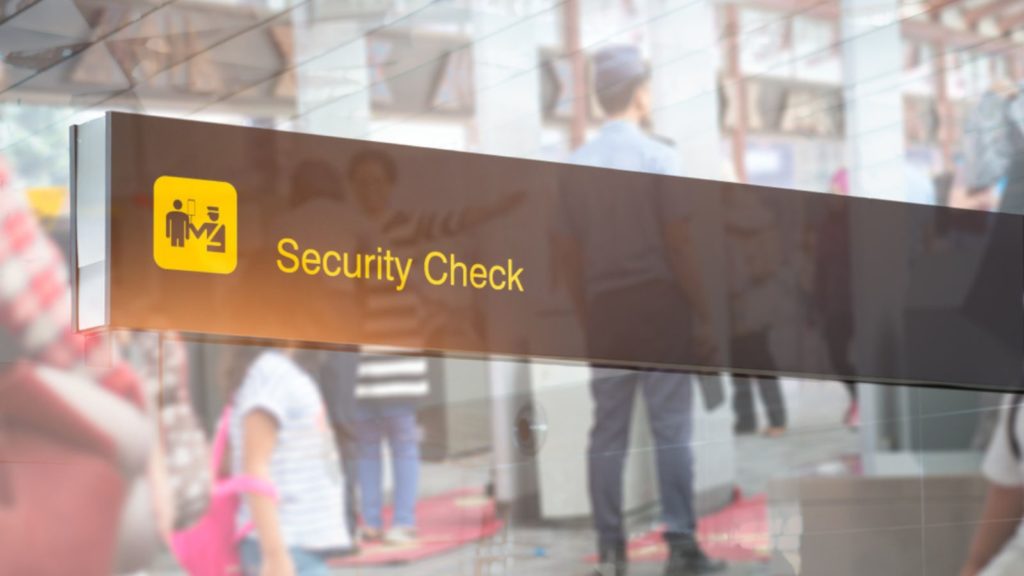
The name of the game is getting through airport security without a TSA Officer confiscating your toothpaste or lip gloss. Here are the basics.
First, Know the Rules Are Nitpicky
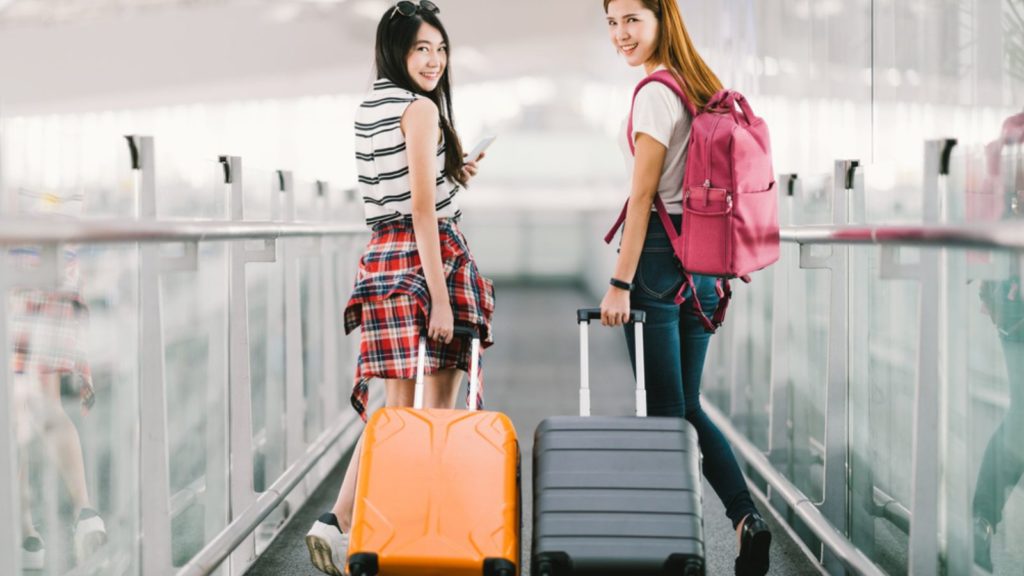
Passenger safety is the reason behind the strict rules. The Transportation Security Administration (TSA) has strict guidelines on the amount of liquids that can be carried onto a plane.
According to TSA rules, you can bring a quart-sized bag of liquids, aerosols, gels, creams, and pastes in your carry-on bag. Each container of liquid must be 3.4 ounces (100 milliliters) or less. This includes toiletry and personal care items like shampoos, lotions, and perfume sprays. These guidelines apply to all liquids, regardless of whether they are in a bottle, tube, or other container.
You might also like: Safety Tips For Solo Travelers
All About The Liquids Rule
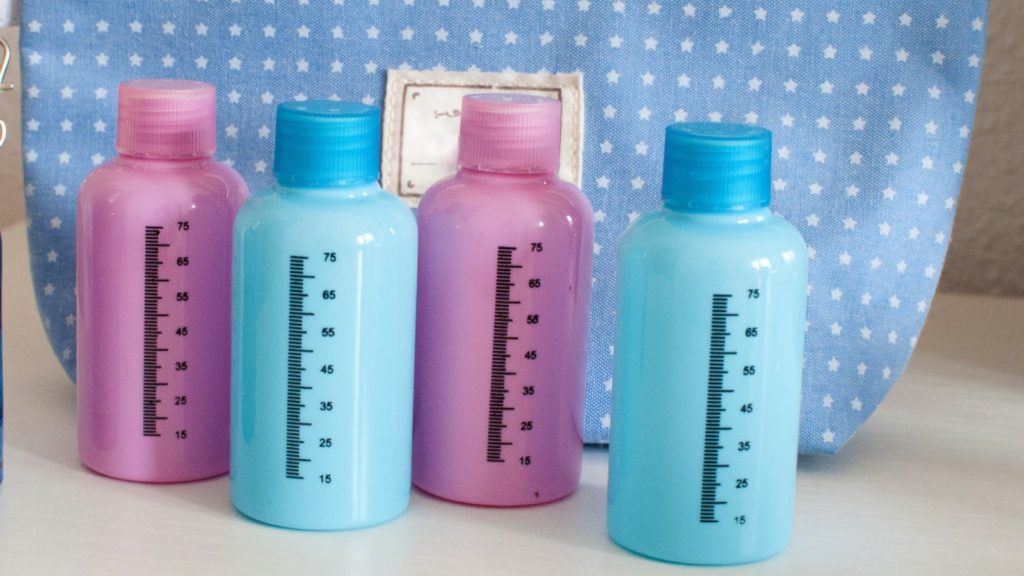
You are allowed to bring a quart-sized bag of liquids, aerosols, gels, creams, and pastes in your carry-on bag and through the airport security checkpoint. These are limited to travel-sized containers that are 3.4 ounces (100 milliliters) or less per item.
This will meet most passengers' needs for a quick trip or freshening up during a long-haul flight.
Peanut butter is considered a liquid by TSA, so whether you’re toting individual packets of peanut butter or a PB&J to eat for later, understand that this counts toward your allotment of liquids.
The 3-1-1 Rule Explained
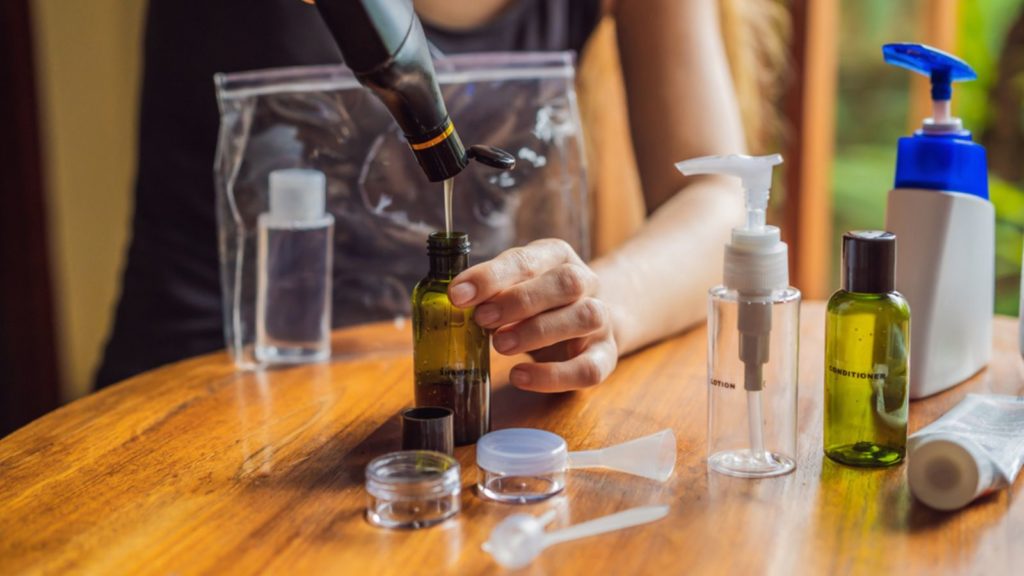
When preparing for air travel, remember the 3-1-1 rule. Each liquid you bring through the TSA checkpoint must be in a 3.4 fluid ounces or smaller container (“3”), all containers must be placed inside one clear quart bag (“1”) and each passenger is only allowed one plastic bag (“1”).
One of the ways to make compliance with the 3-1-1 rule easy is to use travel or trial or travel size toiletries, usually easy to find at drug and grocery stores. If you use a lot of cosmetics or want to travel with full-size shampoo and conditioner so you don't have to use what's in your hotel, the 3-1-1- rule might be more difficult for you to follow.
If you don’t follow the rules, you’ll be subject to additional screening by TSA security officers, which will often result in delays, for you and other passengers. No one wants to be stuck in line behind the person who tried to sneak a 12-ounce bottle of conditioner through security.
Rules for Lighters
You can only carry one lighter on board. You should put it inside a resealable plastic bag (like the ones used for liquids), which you must keep on you throughout the flight.
Rules for Baby Formula
If you are traveling with a baby or small child, you are allowed to bring baby formula in reasonable quantities that exceed the 3.4-ounce limit in your carry-on luggage.
If you are traveling with baby formula, let the TSA officer know in advance that you're coming through with larger quantities of liquids.
Rules for Freezer Packs
Frozen liquid items are allowed through the checkpoint as long as they are frozen solid when presented for screening. If frozen liquid items are partially melted, slushy, or have any liquid at the bottom of the container, they must meet 3-1-1 liquids requirements.
If you are traveling with medically necessary ice packs, let the TSA officer know in advance that you're coming through with larger quantities of liquids.
Liquids Vs. Powders
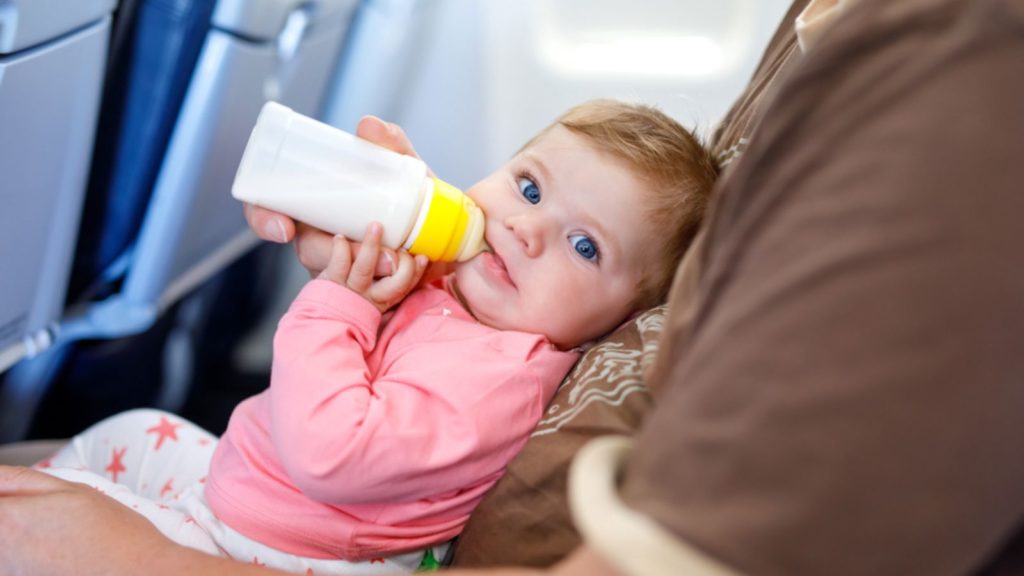
The TSA considers liquids to be any pourable substance, Items not considered liquids include powders, such as talcum powder, face powder, and coffee or tea. TSA requires you to place powders in a clear, plastic, sealable bag and place them in your carry-on bag for inspection.
Packing Liquids In Your Carry-On Bag
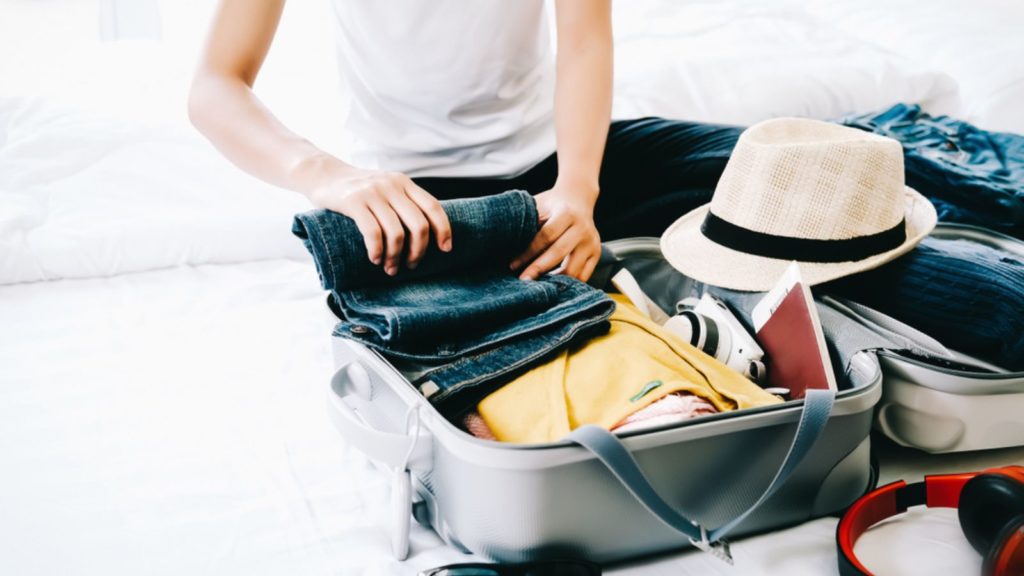
Make sure you pack your liquids to avoid spills or leaks. Here are some tips on how to pack liquids in your carry-on bag:
- Use a clear, plastic, sealable bag to hold your liquids. This will make it easier for TSA agents to inspect your items.
- Make sure all your containers are 3.4 ounces or less. If you have larger containers, transfer the contents to smaller, travel-sized containers. These are readily available on Amazon or in most drug/beauty stores.
- Place the bag of liquids in an easily accessible place in your carry-on bag. This will make it easier to remove the bag for inspection at security checkpoints.
If you have TSA PreCheck, you will be allowed to leave your bag of liquids inside your carry-on bag when it goes through security.
Packing Liquids In Your Checked Luggage
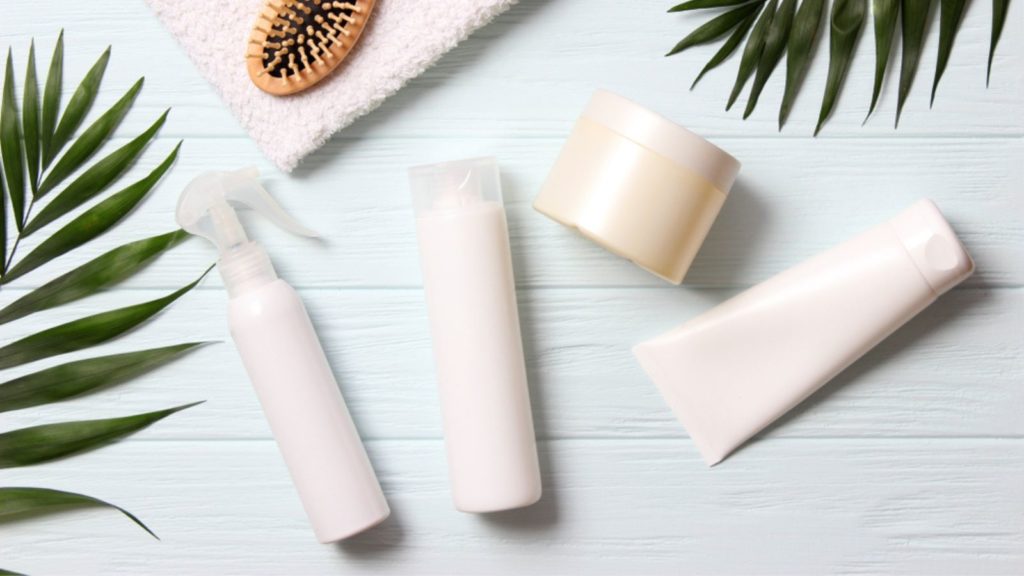
If you want to bring liquids, toiletries, food items, baby food, your full-size bottle of perfume, or hand sanitizer, over 3.4 ounces, put those in your checked luggage. Just make sure to seal them properly in a plastic bag in case the caps come loose during your flight.
There is no TSA liquid limit for liquids in checked baggage.
Flying With Alcoholic Beverages
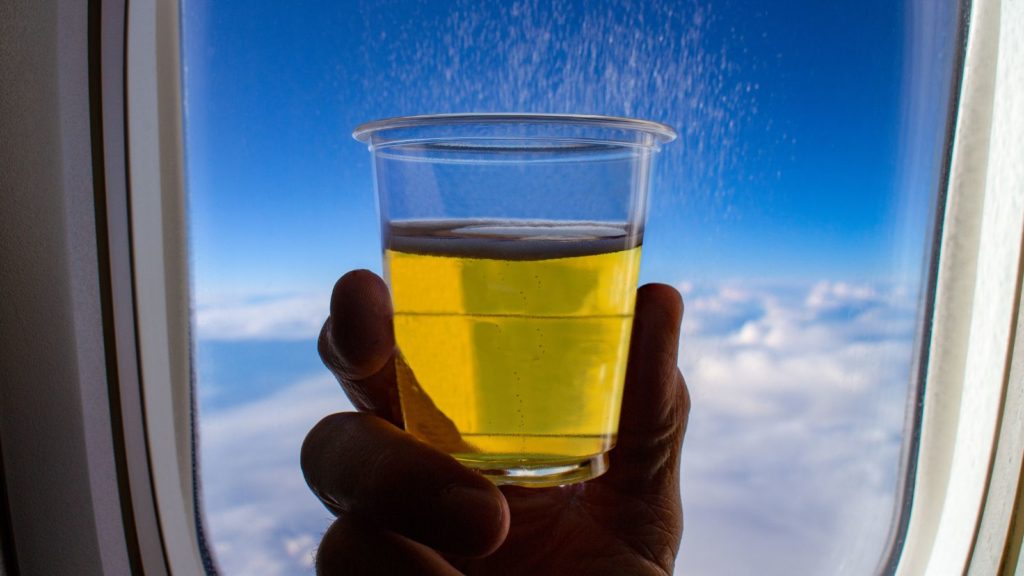
Want to bring alcohol on the plane? You can. For carry-on, you are limited to containers of 3.4oz or less that can fit comfortably in one quart-sized, clear, zip-top bag.
If you have anything larger than that, you’ll need to make arrangements to check your bag when you check in for your flight. If you buy alcohol at the duty-free shop, you’re already inside security, so the rules probably don’t apply. You’ll still have to adhere to your airline’s rules, which generally include no drinking alcohol you bought inside the terminal on the airplane.
What You Cannot Bring On a Plane
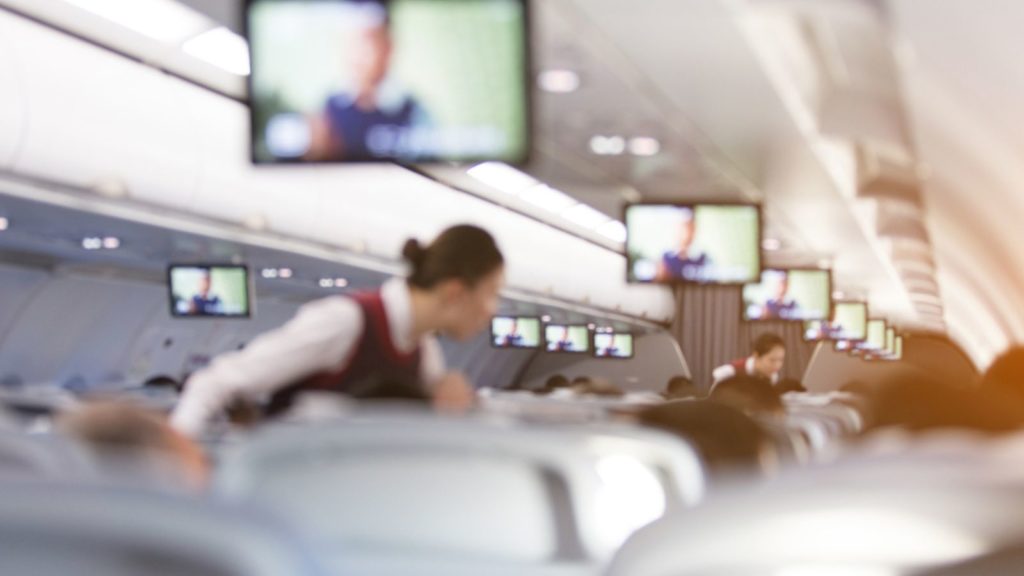
The TSA bans liquids that could make people sick if opened or spilled. If you think it might be a good idea to pack bleach or other cleaning product, stop right here.
Insecticides, gasoline, or any type of flammable liquids are also prohibited. If you’re in doubt about whether you should pack something n your carry-on, check the TSA website before packing it.
The Bottom Line
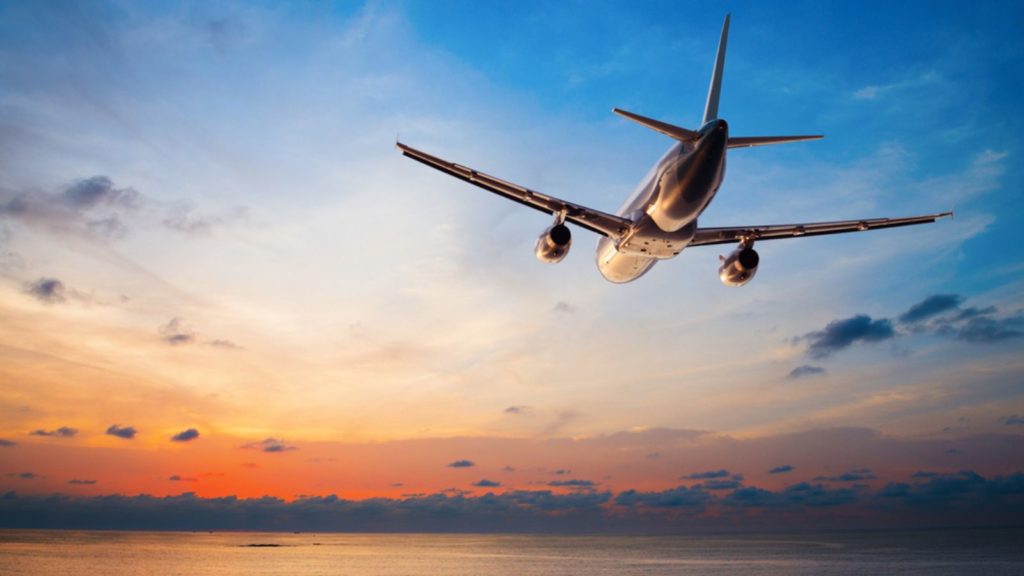
The most important thing to remember is that TSA allows a quart-sized bag of liquids, aerosols, gels, creams, and pastes in your carry-on bag. Each container of liquid must be 3.4 ounces or less. If you think you have an exemption or exception, research it before you get to the airport.


